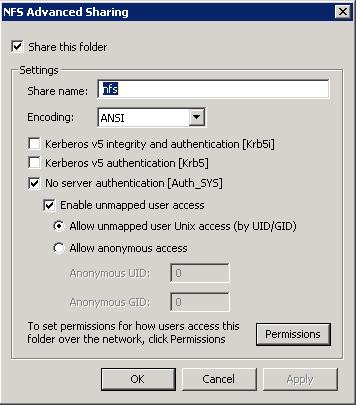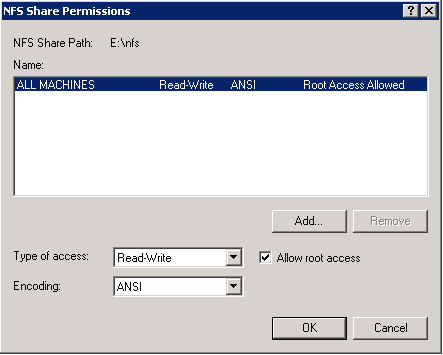Since im using ZFS as storage via NFS for my some of my vmware environments i need to ensure that latency on my disk is reduced where ever possible.
There is alot of talk about ZFS compression being “faster” than a non-compressed pool due to less physical data being pulled off the drives. This of course depends on the system powering ZFS, but i wanted to run some tests specifically on latency. Throughput is fine in some situations, but latency is a killer when it comes to lots of small reads and writes (in the case of hosting virtual machines)
I recently completed some basic tests focusing on the differences in latency when ZFS compression (lzjb) is enabled or disabled. IOMeter was my tool of choice and i hit my ZFS box via a mapped drive.
I’m not concerned with the actual figures, but the difference between the figures
I have run the test multiple times (to eliminate caching as a factor) and can validate that compression (on my system anyhow) increases latency
Basic Results from a “All in one” test suite… (similar results across all my tests)
ZFS uncompressed:
IOps : 2376.68
Read MBps : 15.14
Write MBps : 15.36
Average Response Time : 0.42
Average Read Response Time : 0.42
Average Write Response Time : 0.43
Average Transaction Time : 0.42
ZFS compressed: (lzjb)
IOps : 1901.82
Read MBps : 12.09
Write MBps : 12.28
Average Response Time : 0.53
Average Read Response Time : 0.44
Average Write Response Time : 0.61
Average Transaction Time : 0.53
As you can see from the results, the AWRT especially is much higher due to compression. I wouldn’t recommend using zfs compression where latency is a large factor (virtual machines)
Note: Under all the tests performed the CPU (dual core) on the zfs box was never 100% – eliminating that as a bottleneck.


